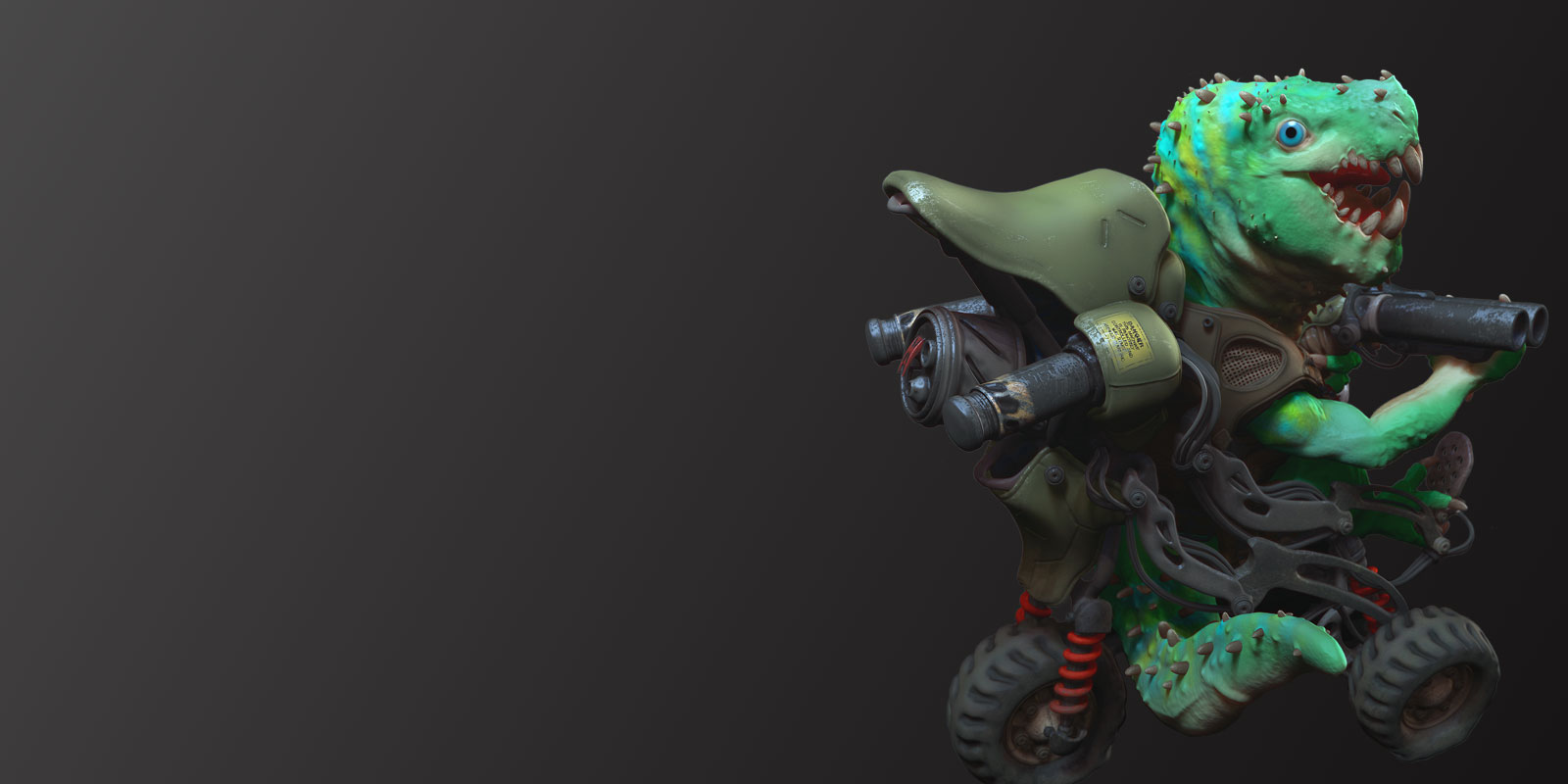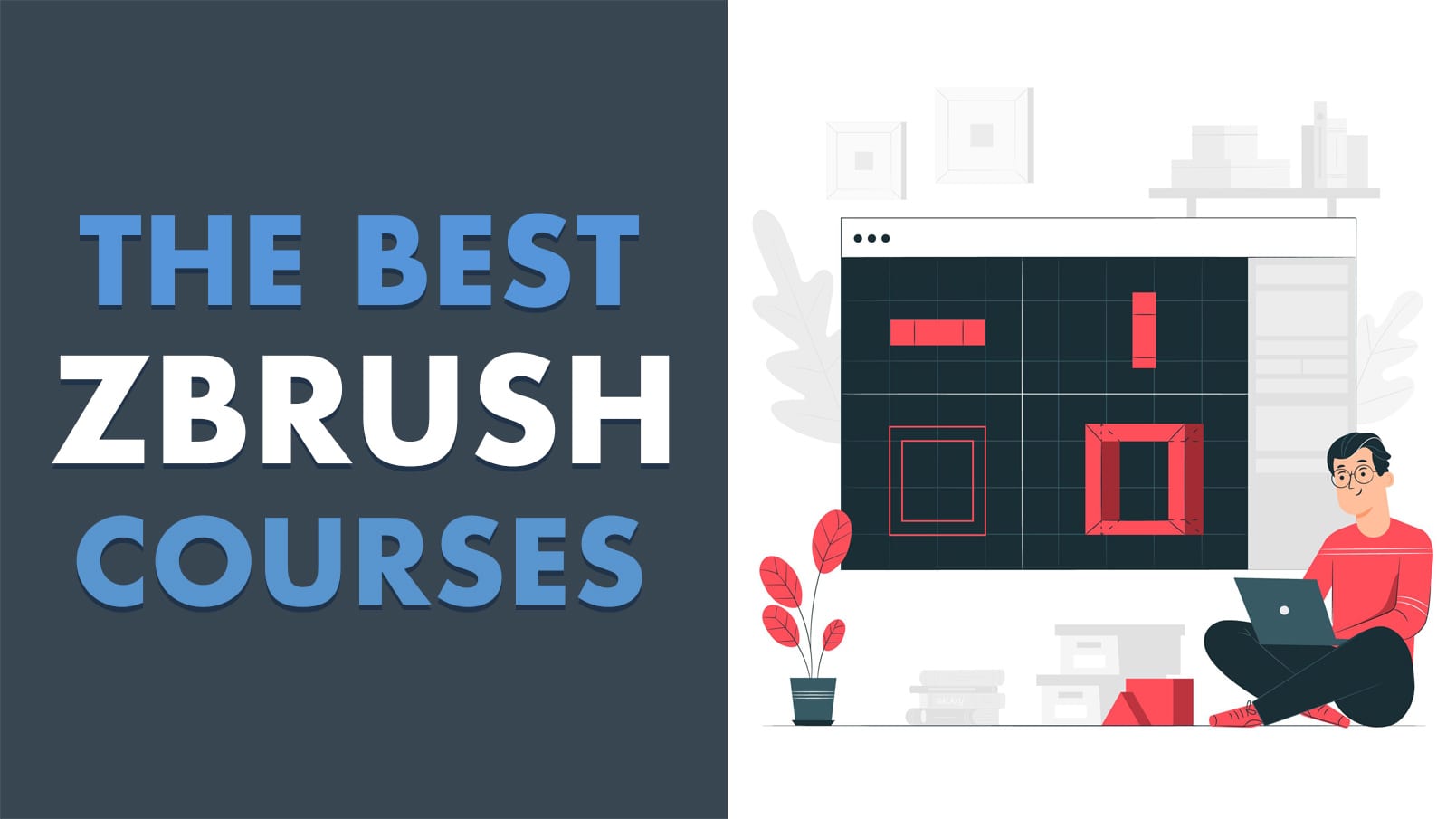
Now that UV's are in place we can export the tool. You can turn this off if everything is OK. You'll get the resulting grey scale image in your current texture slot. Verify this by clicking on the CheckUV button - this will check UVs and if there are problem vertices, then they'll be highlighted in red.

Open up the Tool>Textures sub palette and click on GUVTiles. You could do this in some other program or even in Houdini, but this method seems to work fine too. Switch down to subdivision level 1 if you're not already there. There's less fiddling around and fewer steps to screw up, which is a nice point in Houdini's favor.įirst open up your detailed model in ZBrush: One side note, from what I can tell, Houdini's (as of Houdini 10) integration or support for displacement from ZBrush is much nicer than that of some other programs. I'd like to thank the guys at odforce for helping me with this. Apparently things have become much simpler since Houdini 9.x/10. I found a number of links about this, but some were a little confusing as they talked about how to do this for older versions of Houdini.

This is a quick walk through explaining how to get your ZBrush 3.x detailed model to render properly in Houdini 9/10 using ZBrush produced displacement maps.


 0 kommentar(er)
0 kommentar(er)
